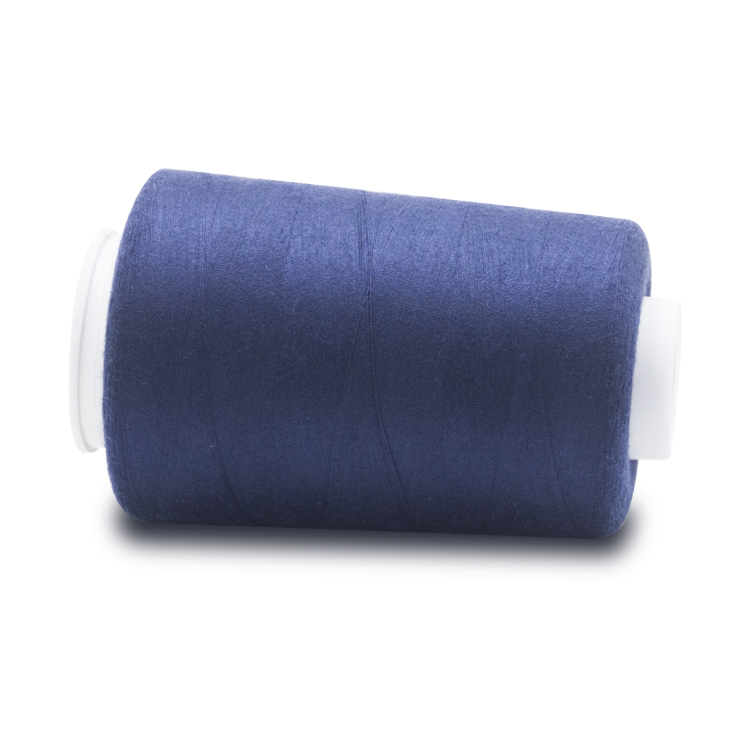
Analysis of the most complete yarn thread count defects(2)
(continued above)
(11) White dots:
Appearance: Dyed fabrics show untouched fibers, especially those with medium or dark colors.
Cause of formation: mostly occurs in cotton dyed fabrics of middle and lower grades. The cotton grains formed by dead cotton fibers in yarn are not cleared when they are refined and mercerized. It is difficult to dye the dead cotton fibers with white spots because of their poor dyeability. Recently, cotton fabrics under 20Ne are often dyed by cotton yarn thread.
Interpretation of weaving defects of carded fabrics:
(1) Wrong yarn thread
Appearance: In the wool of knitted fabrics, the transverse continuous loops are woven from yarns of comparatively large sizes, which are thick or fine. Generally, they are single roots, but sometimes they are juxtaposed or spaced. Thin and thin are different from normal people.
Cause: In knitting, operators misuse yarns thread of non-specified count or Danny specifications for knitting.
The fabrics are thin if the finer yarn thread is misused. If the roving yarn thread is misused, the fabric will be dense.
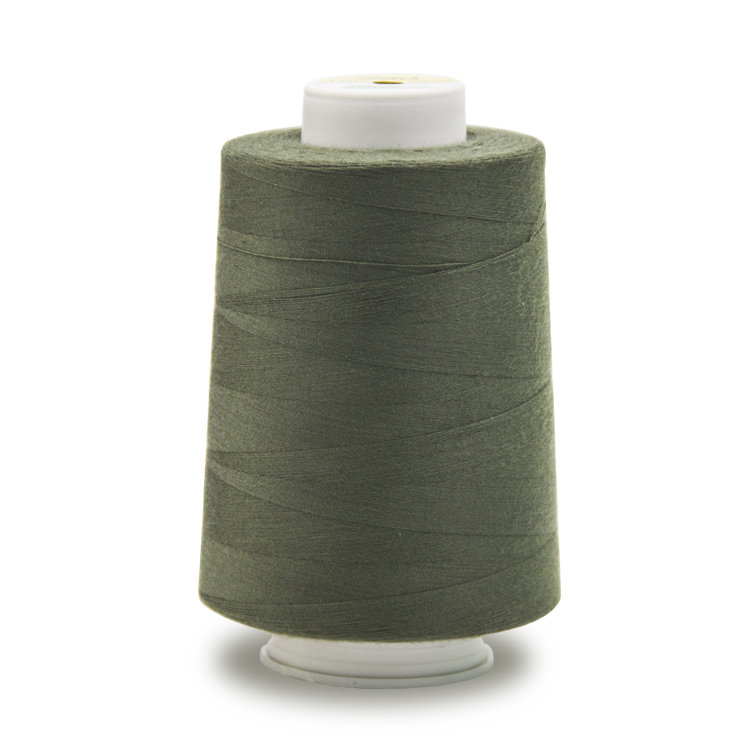
(2) Wrong end
Appearance: The warp yarn thread of shuttle fabrics has a single or juxtaposed number of non-specified gauges. If the yarn is finer, it is called fine end. If it is a roving yarn, it is called coarse end.
Cause of formation: When warping, the yarn thread count of the pulling bobbin is wrong, and the warp yarn of non-specified specifications is used. Such defects are often all-pervasive.
(3) Wrong pick
Appearance: Weft of shuttle fabrics with one or more non-specified sizes. If the yarn thread is finer, it is called fine pick. If it is a roving yarn thread, it is called coarse pick.
Cause of formation: When weaving, the weft yarn thread of the weft tube or the bobbin yarn thread fed by shuttleless loom is wrong, and the weft yarn thread of non-specified specifications is used.
Operators often stop and dismantle after discovery. But the loom with automatic pipe change is not easy to find.
(4) Wrong weaving
Appearance: That is to say, the weaving method is wrong. The weaving pattern of the cloth surface is different from that of the original designer. For example, the left twill weaves into the right twill.
Cause of formation: Generally, it is caused by penetration errors. Others, such as jacquard fabrics, warp yarn thread misalignment of multi-gauge warp fabrics, etc.
(5) Wrong draw
Appearance: Two adjacent warp yarns threads are joined together and treated as one weaved into the fabric according to the fabric structure.
As a result, this yarn thread (actually two) appears particularly thick.
This kind of defect is all-piece.
If one of the side-by-side defects is removed during the initial weaving of warp shafts, it can be completely avoided.
Cause of formation:
1). When warping and drawing, it is negligent to regard two as one.
2). After sizing, the yarn thread is not separated clearly. The two pieces stick together and form the same one.
3). Two yarn threads are threaded into the same threads.
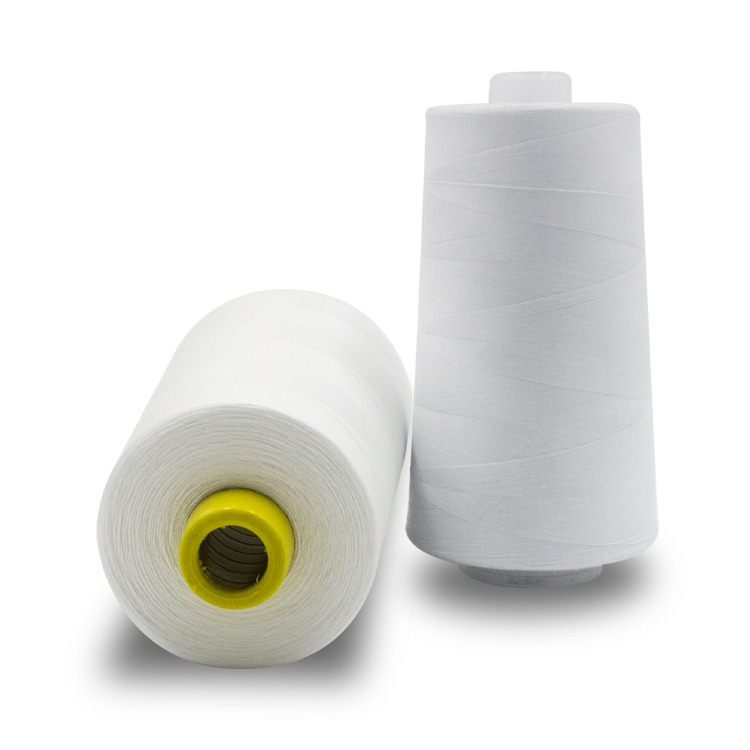
(6) Mispick
Appearance: Two weft yarns threads are woven into the same fabric, and even three or more weft yarns threads. The length of parallel weft varies, and the full width of the fabric is more than that of the nearest two selvages of 10 cm.
Cause of formation:
1). Fabric full length weft, due to shutdown troubleshooting, did not check the knitting opening to start. Or the weft probe fails and the weft breaking does not stop.
2). For non-full length weft, due to insufficient length of yarn, improper setting of side shears or insufficient sharpness, and the end of yarn thread is not cleared after weft breakage.
(7) Set mark
Appearance: The density of weft arrangement on the cloth surface is less than specified. The weft yarn thread weaved along the length of the fabric gradually becomes thinner from the normal density, then gradually restores to the original density from the thinnest, forming a sparse fabric with equal width and narrowness.
Cause of formation:
1). Weft probe failure, no weft yarn continue to idle warp delivery.
2). Inappropriate control of warp tension during weaving.
3). Warp tension adjustment is too tight before shutdown and restart.
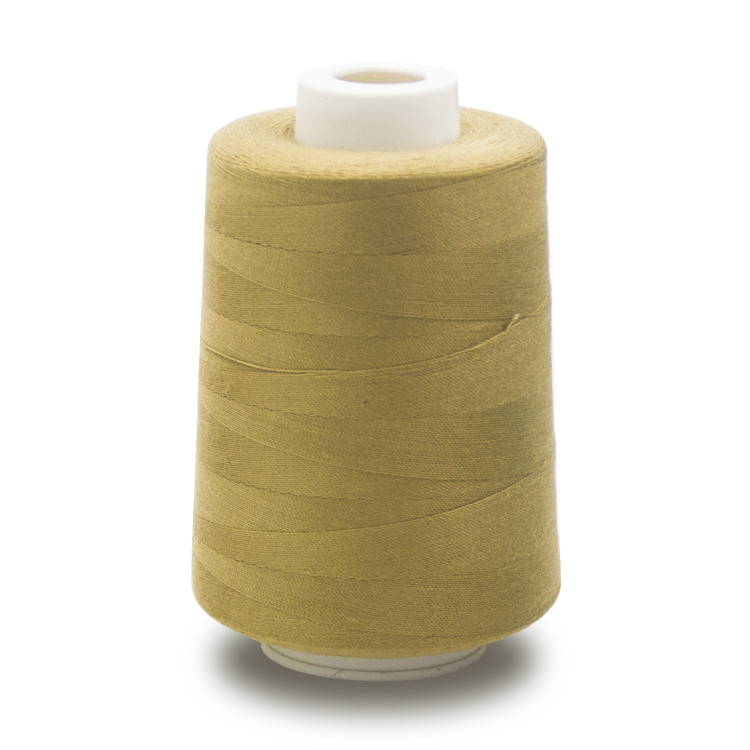
(8) Set mark
Appearance: The density of weft arrangement on the cloth surface is denser than specified.
The weft yarn weaved along the length of the fabric gradually decreases from the normal density to the original density, and then gradually recovers from the densest to the original density, forming a compact fabric with equal width and narrowness.
Causes of formation:
1) inappropriate warp tension control during weaving.
2). Warp tension adjustment is too loose when shutdown and restart.
(9) Pick-out mark
Appearance: If the weft of embryonic cloth is not removed properly, and then continues to weave, there are still traces on the cloth surface.
Cause of formation: In fabric weaving, the operator finds that there are different weft weaving, or weaving a serious dense, sparse, immediately stop the machine to cut the weft into the removal.
The warp yarn is frictioned by the weft when it is removed, resulting in a large number of hairiness.
Therefore, after re-weaving, a hairiness fabric of equal width and narrowness appears in the original removal range.
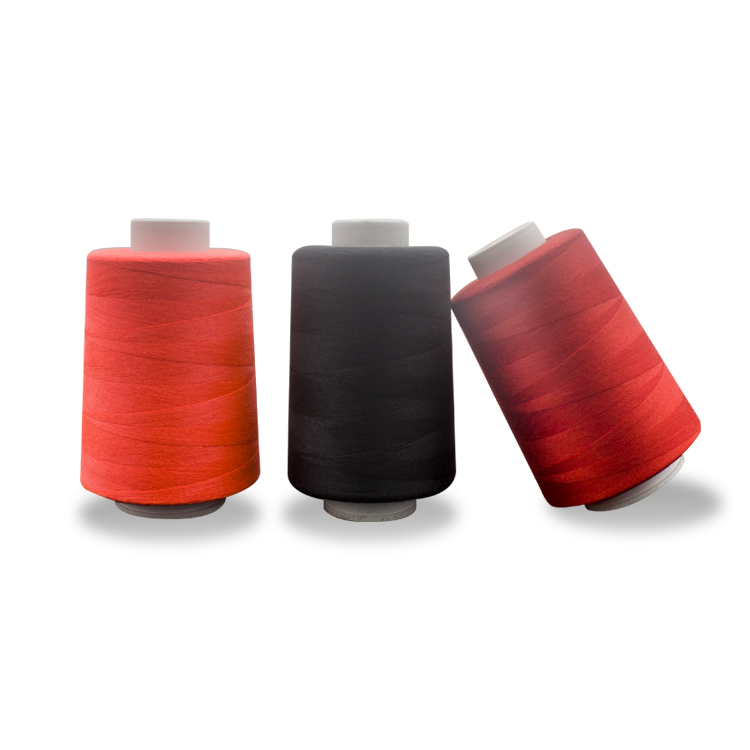
(10) Broken end
Appearance: The warp yarn thread of the fabric breaks one or more, resulting in a larger distance between the two adjacent yarns threads. In plain weave fabrics, two broken yarns are juxtaposed as warp. In twill fabrics, the pattern is discontinuous.
Cause of formation: The warp yarn thread breaks off during weaving, the self-stop device fails, and the warp yarn thread is not properly connected and continues to weave.
(11) Broken pick
Appearance: The weft of the fabric is broken, but the ends of the weft are very close, that is, the length of the weft is small. This kind of defect is generally not significant.
Cause:
1). Weft breaks in weaving, but continues to weave in an instant, only a short distance is missing.
2). Weft yarn thread has serious knots and flying flowers, which lead to weft breakage during removal.
(12) Lack of latitude
Appearance: This kind of defect only occurs in twill weaving, warp yarn thread in the same part of each complete organization, while floating on the fabric surface, like a centipede foot.
Cause of formation: If twill is woven into less than one weft, the interlacing point will decrease, and some warp yarns threads float on the weft twice in a row.
(to be continued)




